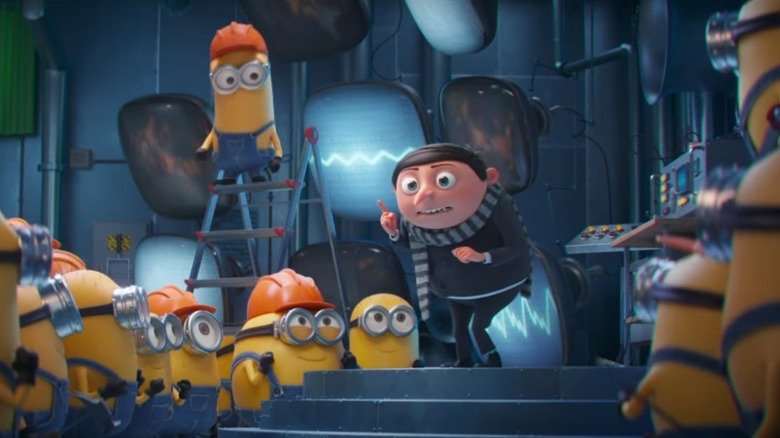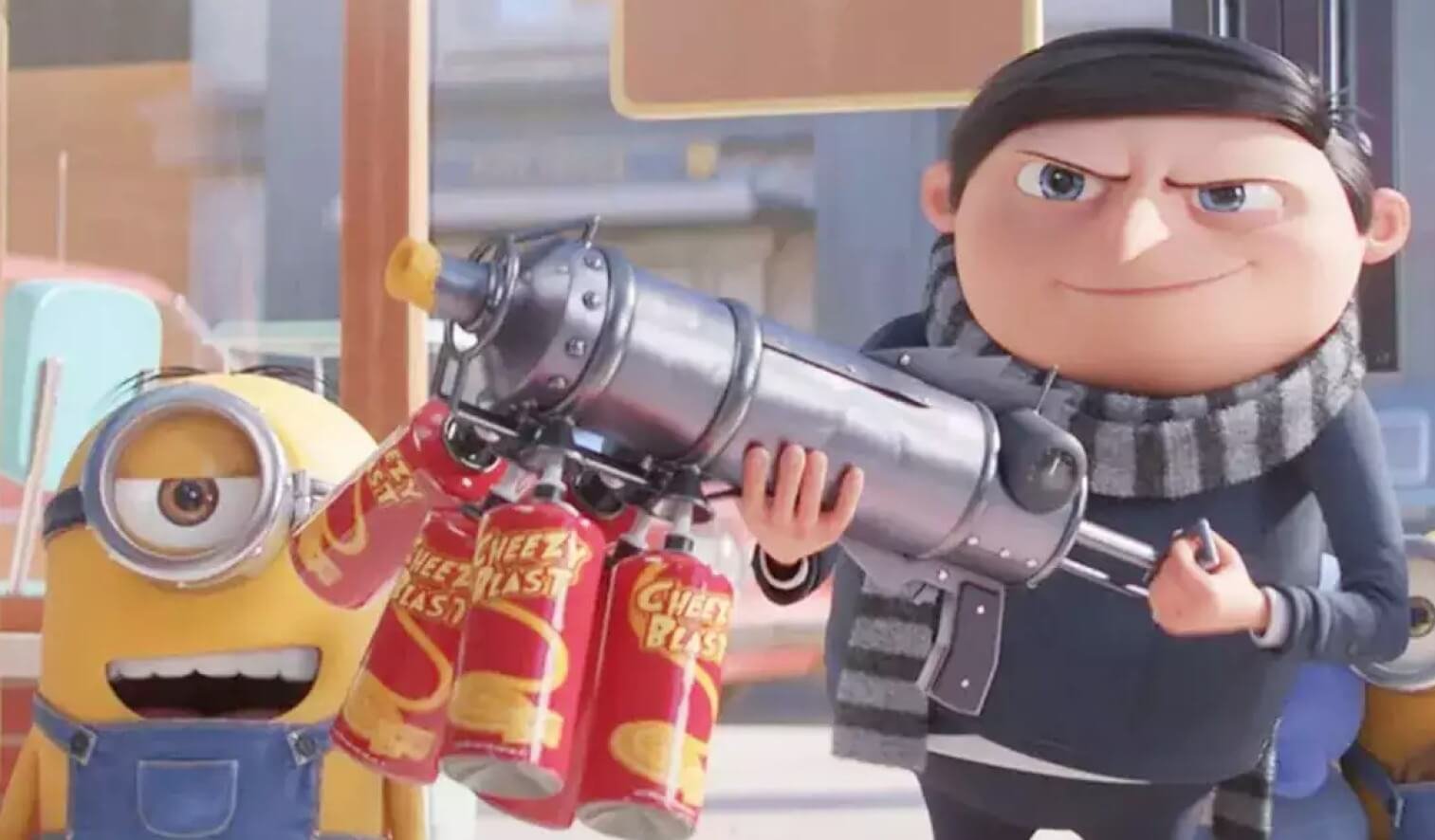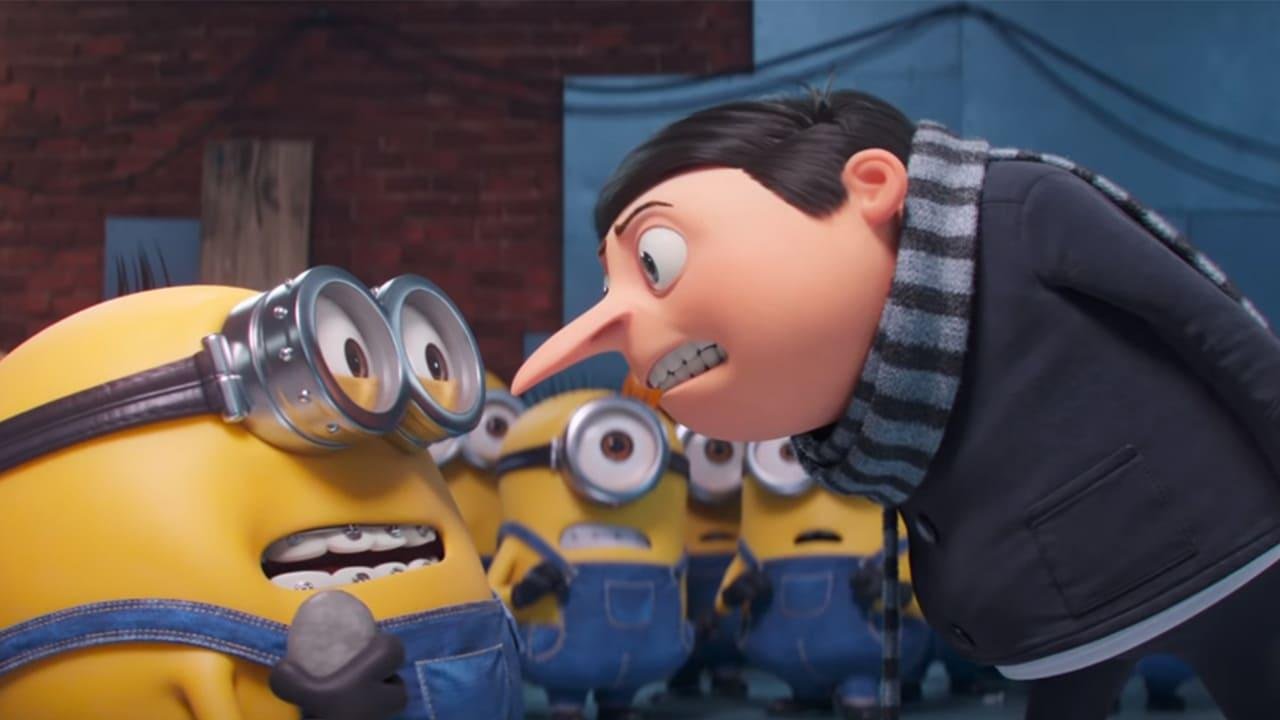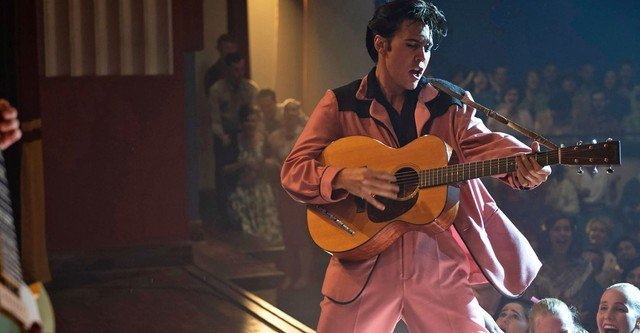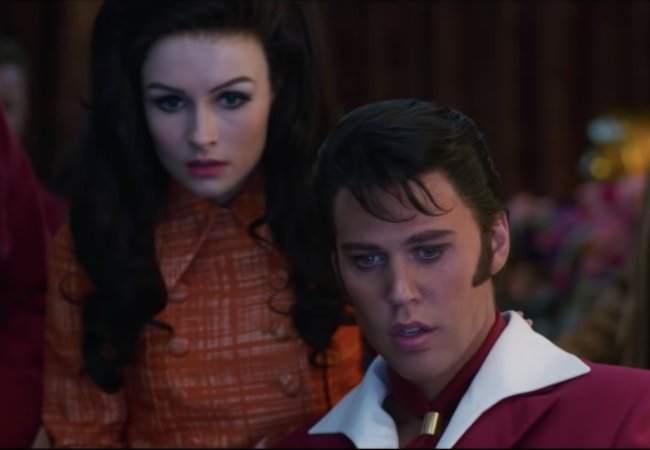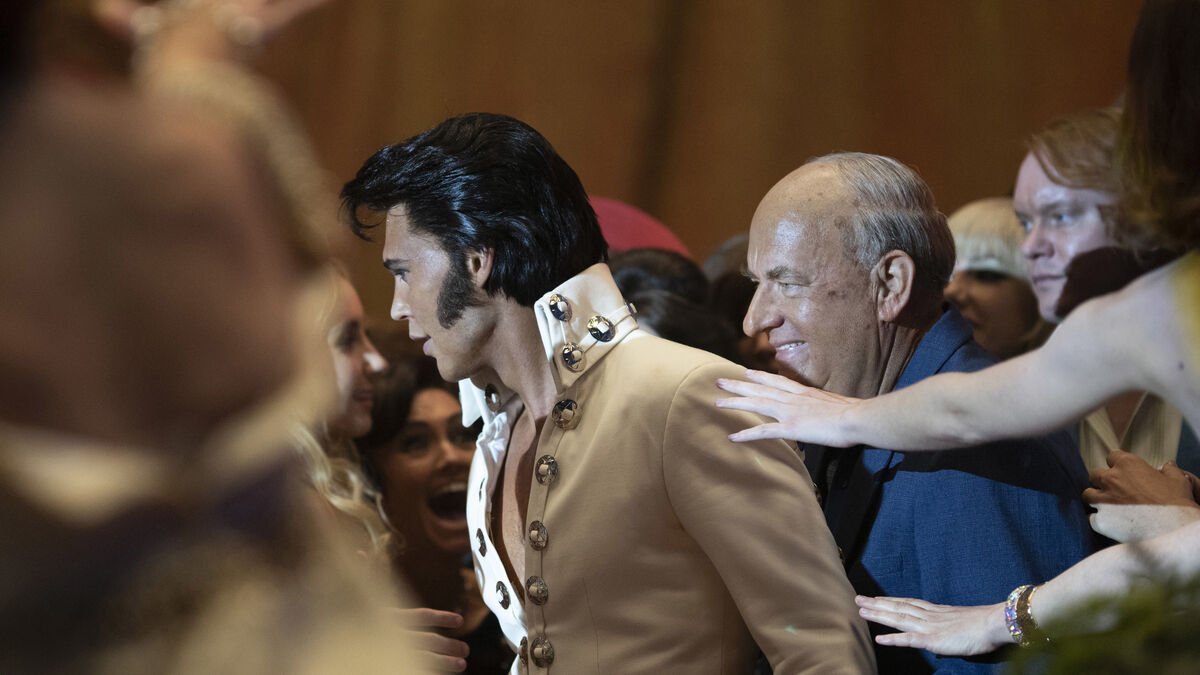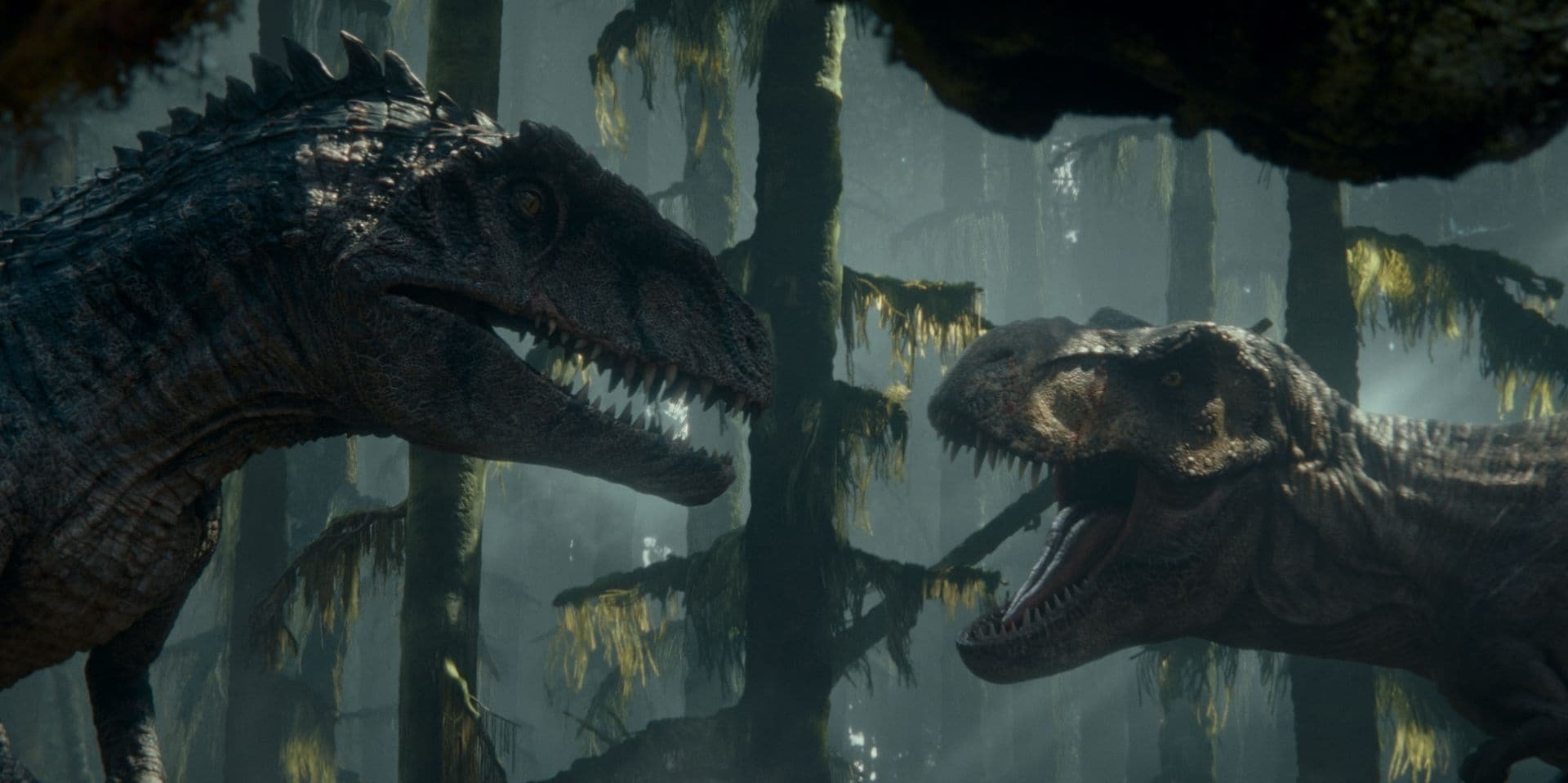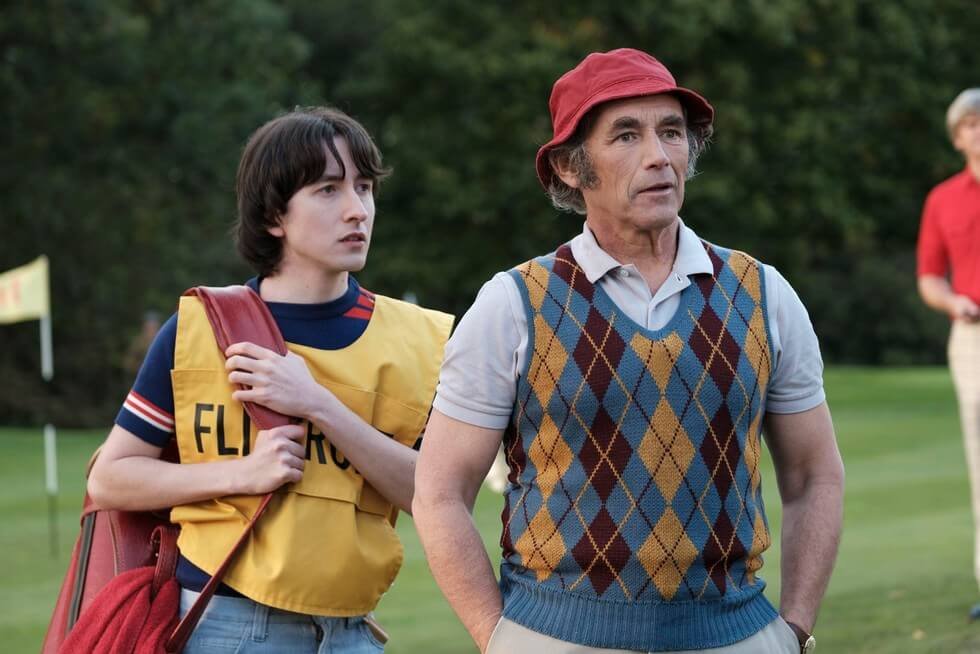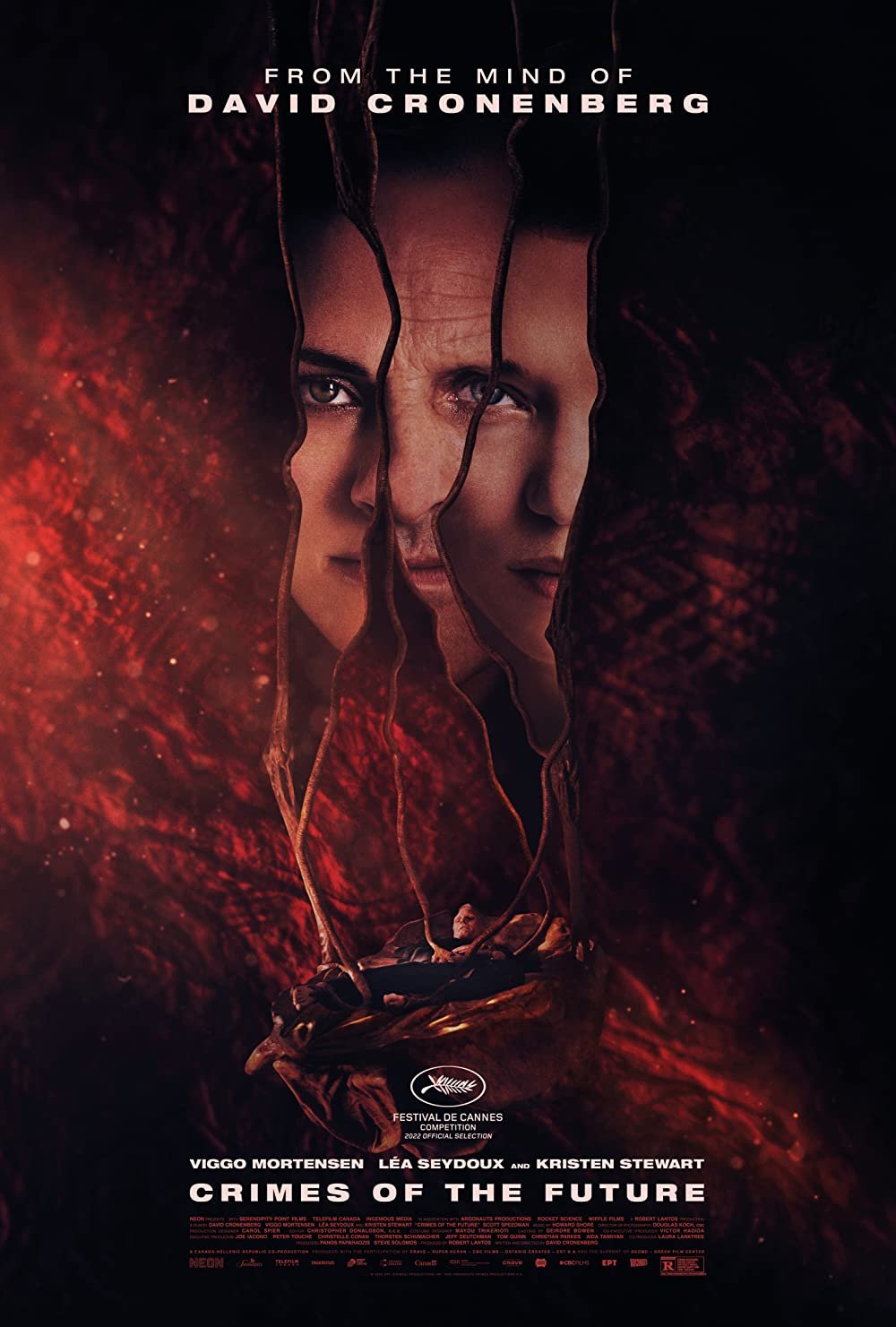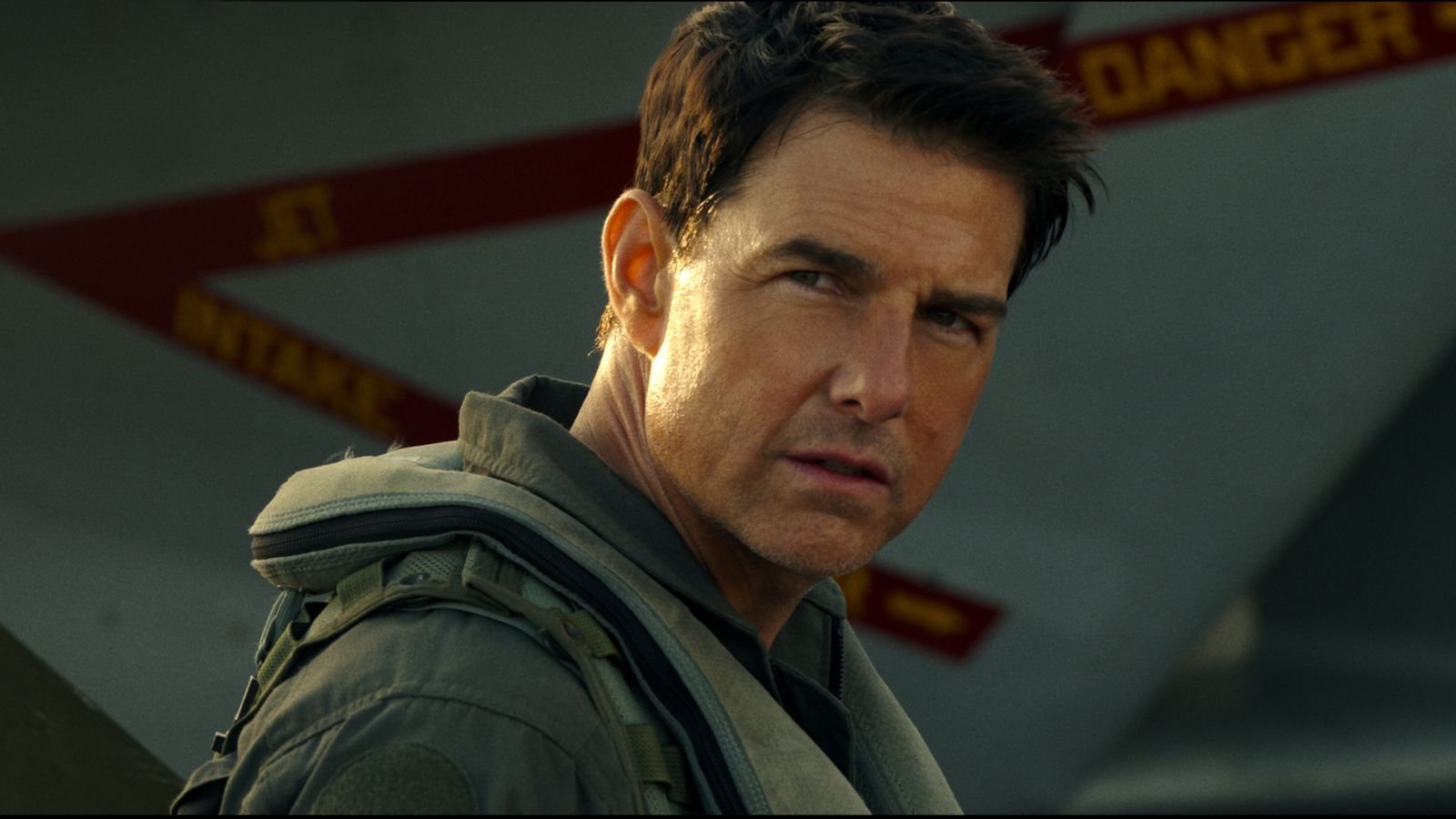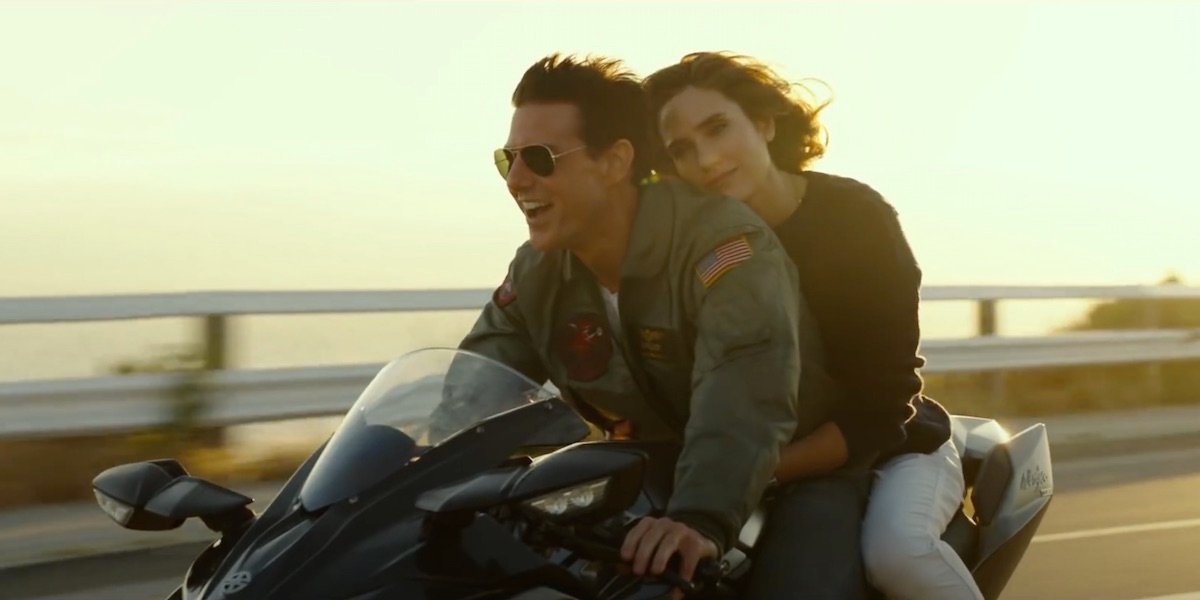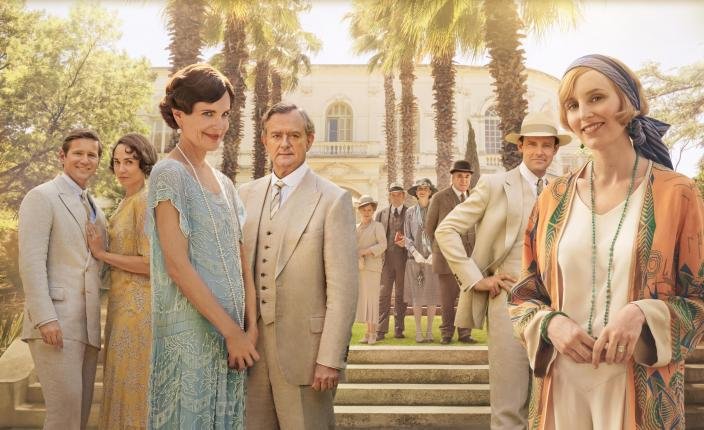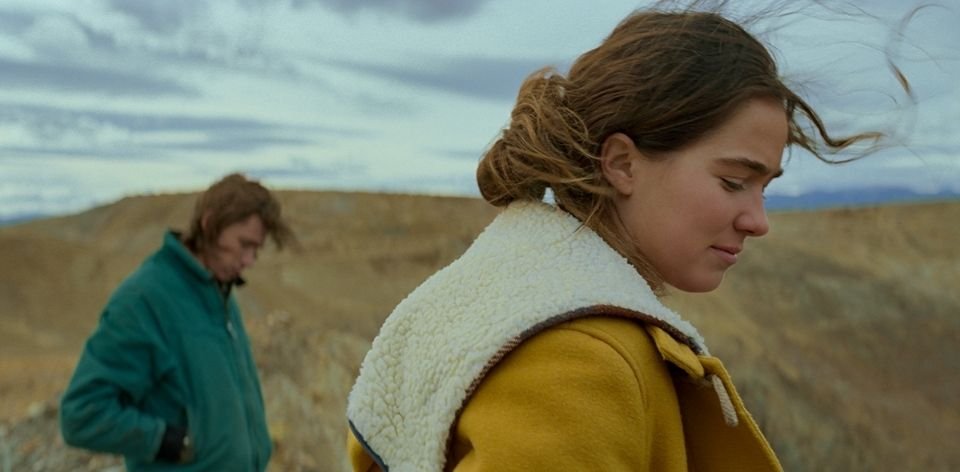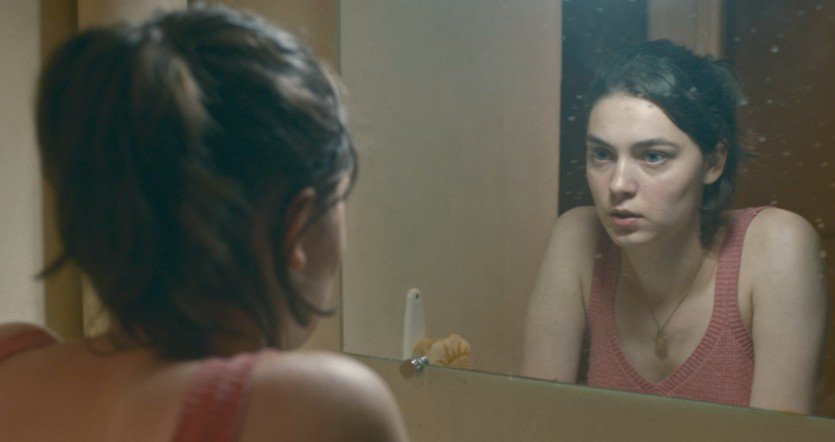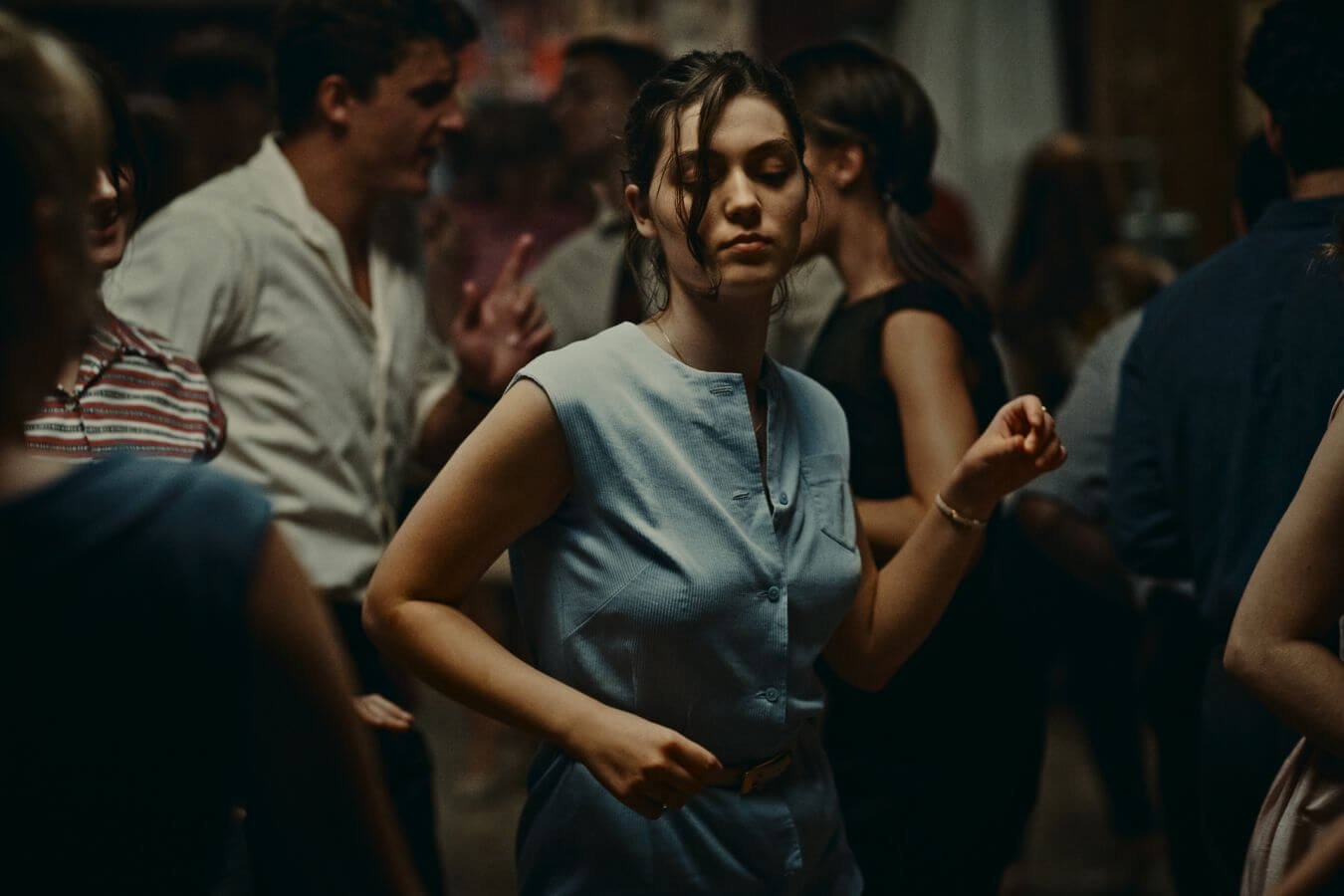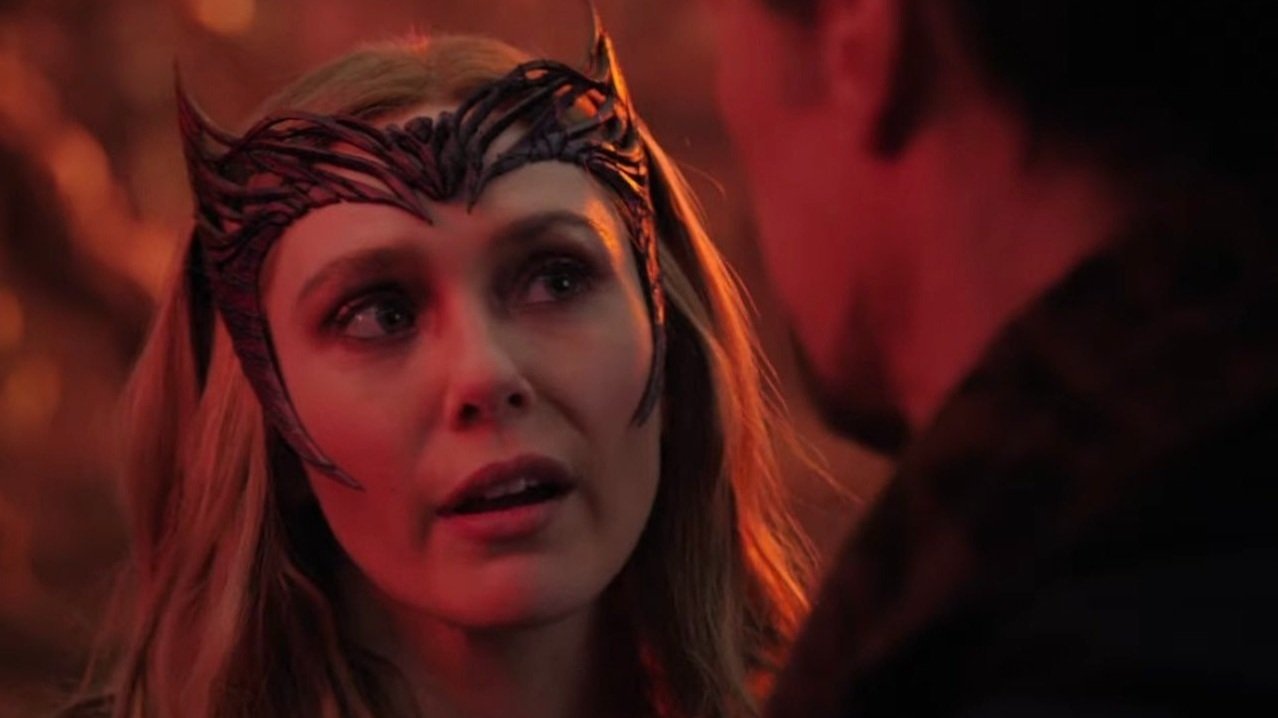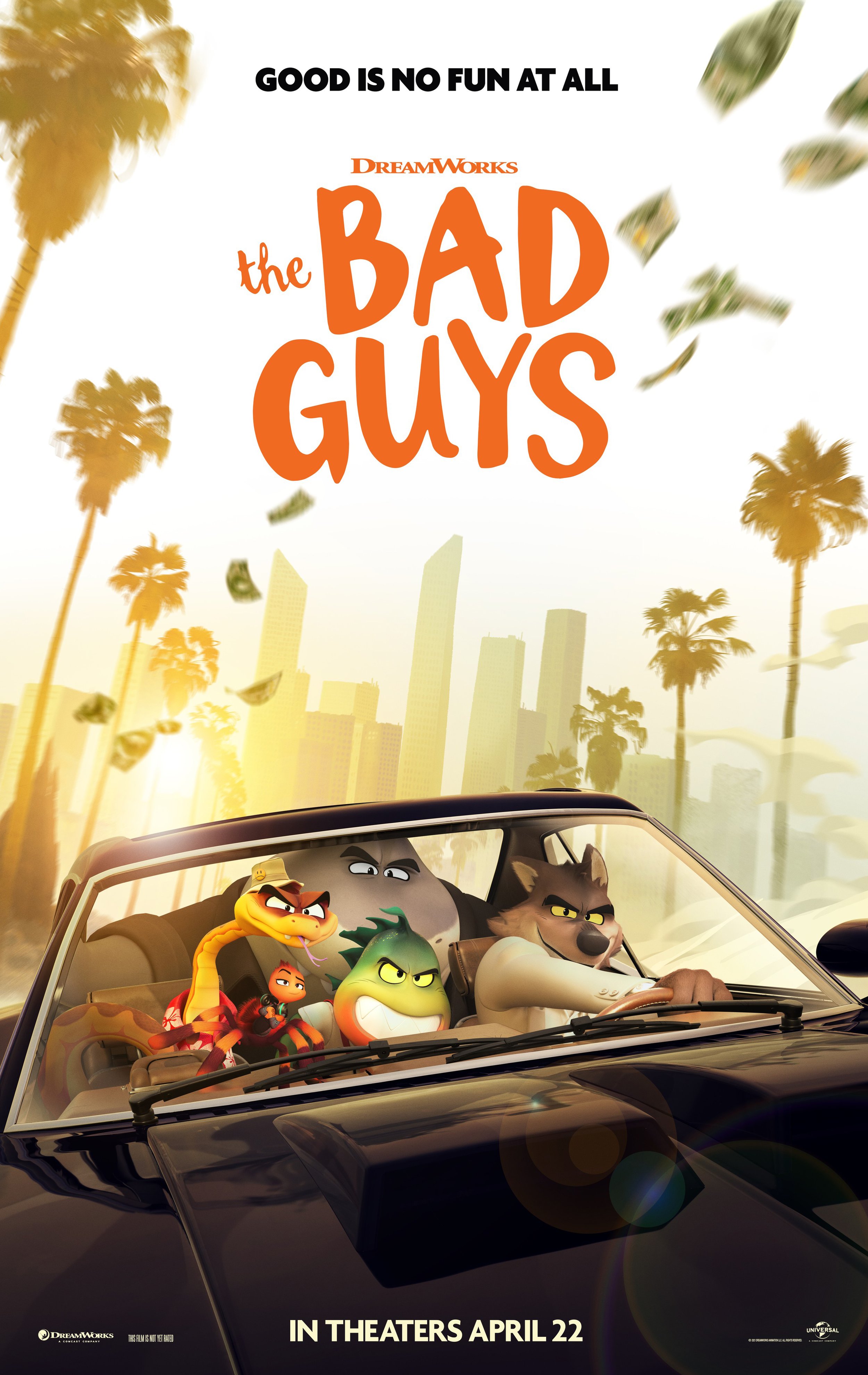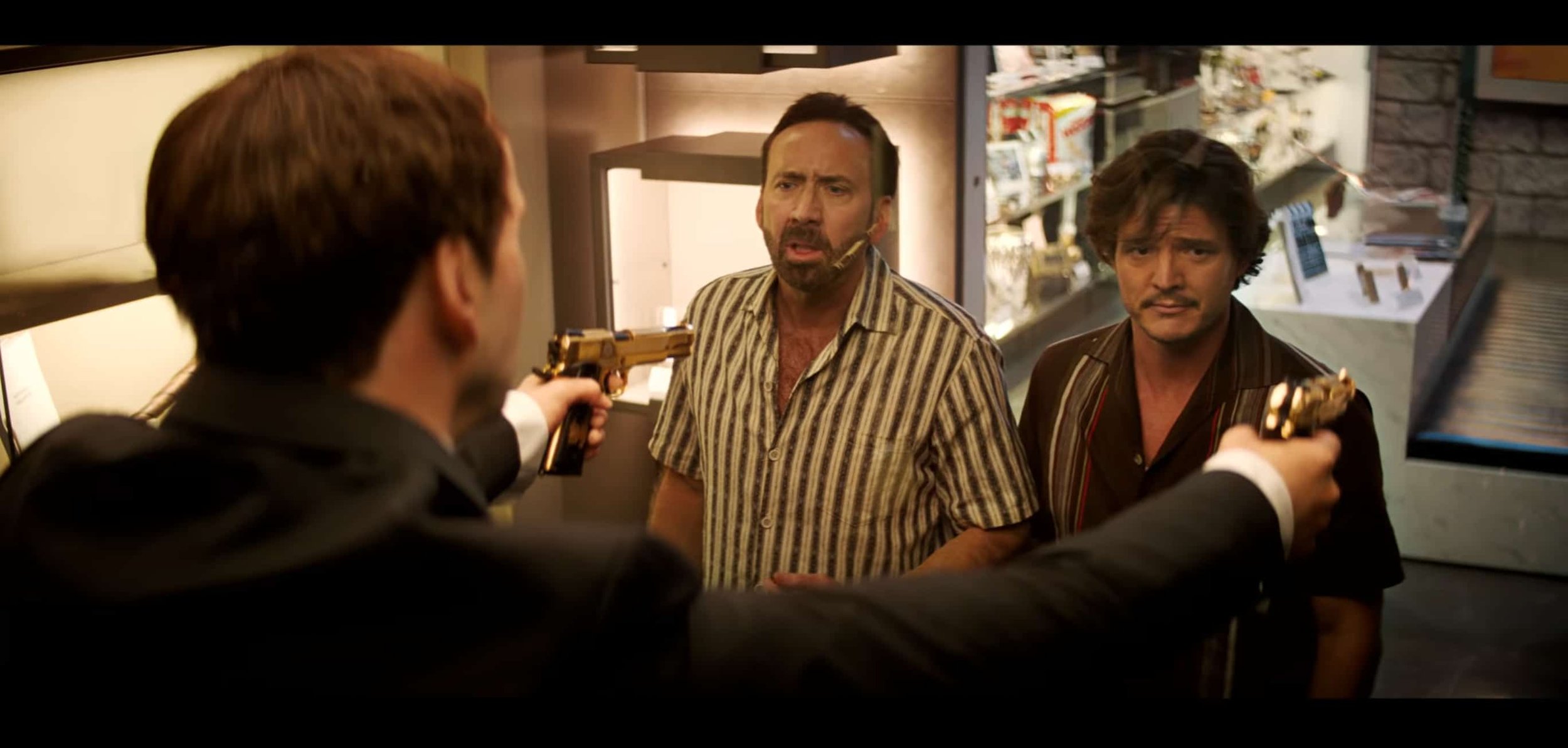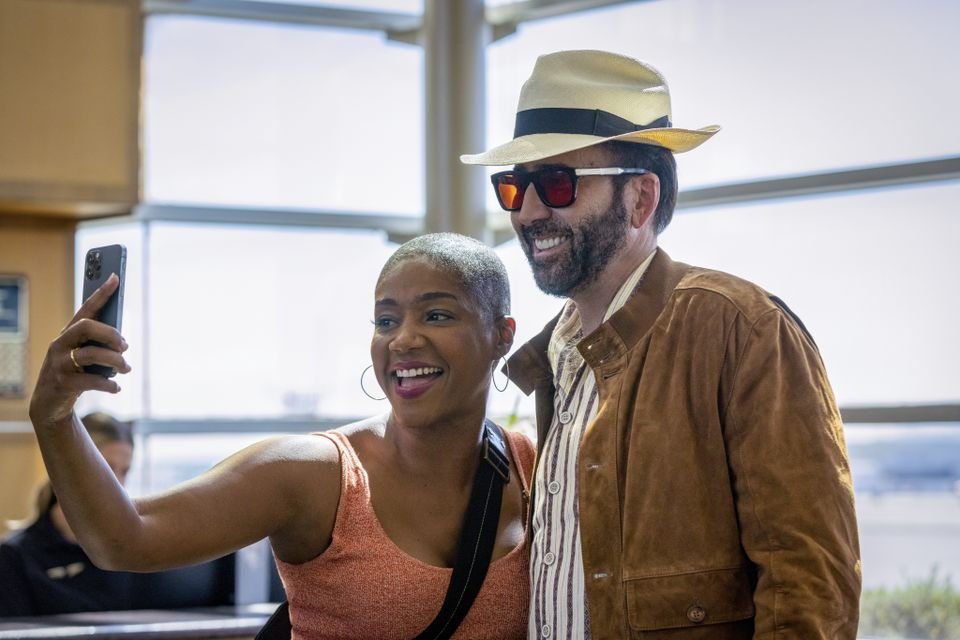Directed by: Kyle Balda, Brad Ableson, and Jonathan del Val
Written by: Matthew Fogel
Starring: Steve Carell, Alan Arkin, Taraji P. Henson, Michelle Yeoh, Julie Andrews, Lucy Lawless, Danny Trejo, Dolph Lundgren, and Jean-Claude Van Damme
Runtime: 79 minutes
‘Minions: The Rise of Gru’ doesn’t ascend to greatness
The 1970s were groovy.
Disco, bell bottoms, Gloria Steinem, The Eagles, and “Star Wars”!
However, the “Me Decade” also had the OPEC Crisis, sunken living rooms, and Love Canal.
For better or worse, the 1970s happened, and this unique transition between the turbulent 60s and the Reagan years has its cheerleaders and detractors.
Illumination (the studio that brought the world four Minions movies) grabbed pom-poms, a megaphone, and practiced acrobat routines to embrace 1976, the setting for a big-screen adventure with Gru (Steve Carell) and his Tic Tac-shaped, canary yellow buddies in “Minions: The Rise of Gru”.
For Minions fans, this fifth film in the series, a prequel, is a harmless spectacle with familiar clatter and chatter. Parents will most likely find their preteen children full of content after they digest 79 minutes of shiny objects and The Three Stooges routines. Chaperoning happy kids is a win for any mom or dad, but be warned, you’ll also need to sit through this forced, unnecessary, and uninspired beginning of Gru’s ascension to villainy. The new wrinkle here? Our “hero” is a boy, 11-plus years young (if memory serves), with dreams of joining The Vicious 6, a pack of supervillains.
Yes, directors Kyle Balda, Brad Ableson, and Jonathan del Val expect the audience to acknowledge a half-dozen new characters that enjoy dishing out rousing unrest.
Here’s a reference guide before walking into the theatre.
Wild Knuckles (Alan Arkin) is the aging leader. He’s old-school tough.
Belle Bottom (Taraji P. Henson) rides a motorcycle and leaves her pursuers in a purple haze.
Jean-Clawed is voiced by Jean-Claude Van Damme. How about that? Although this Jean has a giant lobster claw in place of an arm.
Nun-Chuck (Lucy Lawless) is a nun who – you guessed it – wields a particular martial arts weapon.
Stronghold (Danny Trejo) and Svengeance (Dolph Lundgren) round out the infamous gang, but this muscleman and roller skating fella didn’t leave much of an impression. Perhaps, Belle Bottom’s hip style and Jean-Clawed’s talon had more memorable panache.
Still, kudos to the film’s casting team – Terri Douglas, Barbara Harris, and Mickie McGowan – for their inspiring voice-actor choices across the board.
Did I mention that Julie Andrews (yes, THAT Julie Andrews) and Michelle Yeoh lend their voices as well?
So, this infamous hexad boots one of its baddies during a heist of a 45 record-sized medallion called the Zodiac Stone. Suddenly, this quintet is short one scoundrel, and Gru realizes an opportunity to plug in as their newest member.
Can this young man graduate from drenching random adults with cheese whiz to adult-level treachery? Well, he does have an army of loyal googly-eyed goofballs. Not so fast because Gru does not want his assembly of assistants to accompany him.
That doesn’t seem like he’s orchestrating a winning strategy. Unfortunately, the script devolves into a kidnapping, and simultaneously, several characters desperately search for the stone that acts as a MacGuffin.
It’s a simple gimmick that allows four accident-prone aides to split off into separate adventures from Gru. The Minions’ explorations are mostly forgettable, but this critic remembers not laughing once while the little fellas seek their fearless, inexperienced leader and the aforementioned prized possession. Although, they might mumble that Gru is their treasured asset.
Somehow, the script shoehorns Kevin, Stuart, and Bob into a detour where an acupuncturist (Yeoh) teaches martial arts to the little dudes. You are right if you guessed that their learnings would come in handy during the third act!
So, does Gru ascend from protégé to master scoundrel? Not really. Balda, Ableson, and del Val’s film should be called “Minions: Gru Takes One Step”.
It may be difficult to protest too much when the colorful, rubbery animation is competent, and older moviegoers will appreciate 70s tunes from Simon & Garfunkel, KC & The Sunshine Band, The Steve Miller Band, and others. Still, we get so many snippets of familiar hits that the music becomes a distraction. The filmmakers in “Cruella” (2021) did the same thing, as both crews seem just a little too overzealous in peppering the audience with well-known samples.
We also received several pop culture references from the period. Please note that two Steven Spielberg flicks get brief mentions, but one of his movies wasn’t released until 1977. Ah, tsk, tsk.
Most people won’t sweat the small stuff, and Illumination will probably grant us another sequel, perhaps when Gru turns 15 in “Minions: Gru needs Clearasil”. Well, Minions devotees will do cartwheels. Just one request: Can we make the runtime shorter than 1 hour and 19 minutes?
Jeff’s ranking
2/4 stars

